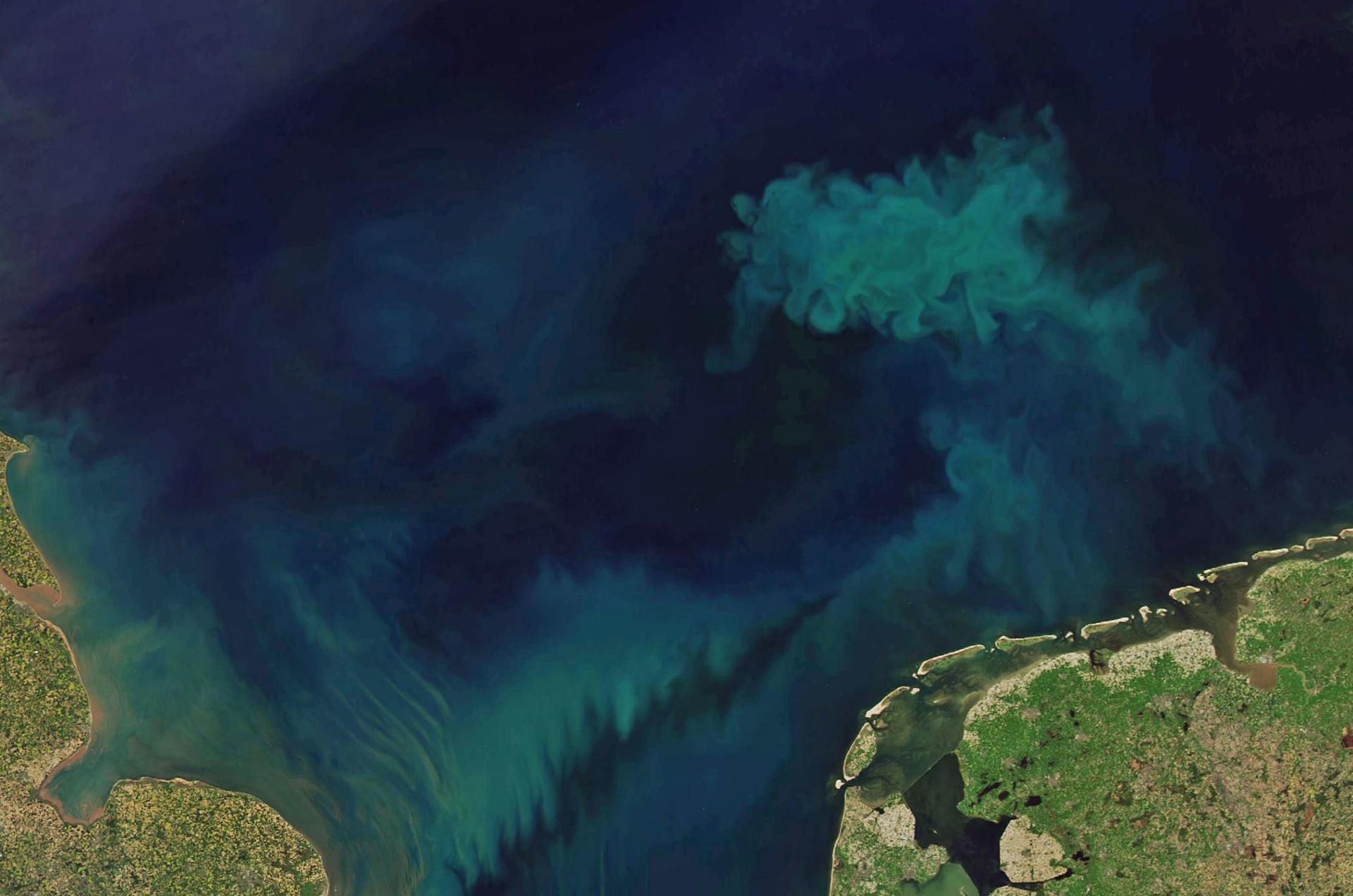climate change changes the color of the ocean; It reflects changes in ecosystems

Although our eyes do not perceive it at first glance, it is in the past twenty years he The color of the ocean has changed Significantly, according to A Study published in Naturethis change is the result Climate change caused by the man.
The study led by scientists from Massachusetts Institute of Technology (MIT) and UK National Oceanography Centreindicates that this change has been detected in 56 percent of the world’s oceans, an expanse greater than the total surface area of the Earth.
The article explains that tropical ocean regions near the equator are getting greener, which indicates that surface ecosystems are also changing, because ocean color is a “literal” reflection of the state of living organisms and materials. its waters.
Researchers still can’t say exactly how marine ecosystems are changing, but they are sure it’s caused by climate change.
For years, I had been running simulations that suggested these ocean color changes would occur. It’s no longer surprising to see what happens, it’s terrifying.” Stephanie Dutkiewiczstudy co-author and research scientist at MIT.
Phytoplankton, the sustenance of life
The color of the ocean reflects what’s in the upper layers: deep blue water reflects very little life, and greener water indicates the presence of ecosystems, mainly phytoplankton—plant-like microbes that abound in the upper layers.
he phytoplankton It is the basis of the marine food web that supports progressively more complex organisms, including krill, fish, birds and marine mammals, and it is a powerful muscle in the ocean’s ability to capture and store carbon dioxide.
That’s why scientists have spent decades observing phytoplankton at the ocean’s surface and studying how these core communities respond to climate change, observing from space.
satellite images
Kyle and his team analyzed measurements of ocean color with the Moderate Resolution Imaging Spectroradiometer (MODIS) on the Aqua satellite, which has been monitoring ocean color for 21 years and makes measurements at seven visible wavelengths.
And although much of the ocean appears blue to our eyes, true color can contain a mixture of more subtle wavelengths, from blue to green and even red.
Cael conducted a statistical analysis using the seven ocean colors measured by satellite between 2002 and 2022. He first looked at how much the seven colors changed from one region to another over the course of a year, then extended the analysis to two decades.
The analysis showed a clear trend, above normal annual volatility.
To see if the trend is related to climate change, he turned to Dutkiewicz’s 2019 model, which simulates Earth’s oceans in two scenarios: one with greenhouse gases added and one without.
The greenhouse gas model predicted that a major trend would emerge within 20 years and that this trend should cause ocean color changes in about 50 percent of the world’s surface oceans (exactly what Kyle found in his analysis of real-world satellite data).
The color of the oceans has changed, because it reflects changes in plankton communities, which will affect everything that feeds on plankton.”
These changes will also change how much carbon the oceans will absorb, because different types of plankton have different abilities to do so. So we hope people take it seriously. Models don’t just predict these changes. Now we can see it, and the ocean is changing,” Dutkiewicz said.
With information from EFE

“Pop culture advocate. Troublemaker. Friendly student. Proud problem solver.”






:quality(70)/cloudfront-us-east-1.images.arcpublishing.com/metroworldnews/KAMPU362RJDWBEEJAHCQQIMWEE.jpg)



